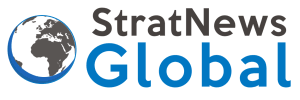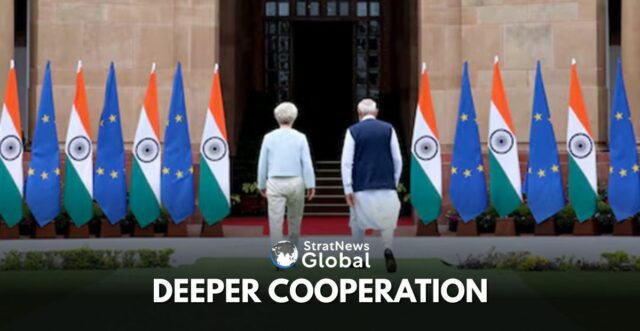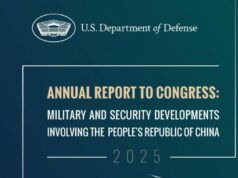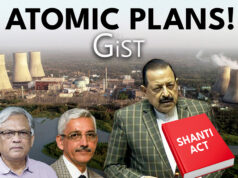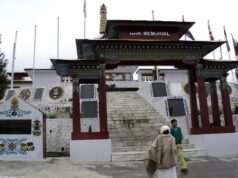The European Commission on Wednesday unveiled plans to strengthen and expand cooperation with India across areas including defence, technology, and trade, even amid ongoing tensions concerning New Delhi’s growing ties with Moscow.
The European Union and India are in the final stages of negotiating a free trade agreement, which both sides aim to conclude by the end of the year.
Fostering New Alliances
Negotiations, relaunched in 2022, have gained pace since the re-election of U.S. President Donald Trump. Faced with Trump’s tariffs, both sides have sought accelerated efforts to foster new alliances.
For Brussels, that means planned trade agreements with Mexico, the South American bloc Mercosur, India and Indonesia. India sees promise in the European Union, but also in China and Russia.
Russian Oil
India has increased purchases of Russian oil since Russia’s full-scale invasion of Ukraine in 2022. In the past month, Indian Prime Minister Narendra Modi has held hands with Russian President Vladimir Putin at a summit in China, and his troops joined a Russian-led military exercise.
On Friday, U.S. officials called on G7 and EU states to impose tariffs on China and India over Russian oil purchases.
In a document released on Wednesday setting out its vision, the Commission said the EU would further engage with India on curtailing Russia’s military and preventing circumvention of EU sanctions.
Benefitting From India
Despite the tensions, the European Commission views India as a fellow upholder of the rules-based multilateral order and hopes to benefit from its expected rise to become the world’s third-largest economy in 2030.
The EU envisages the two sides negotiating agreements on investment protection and boosting air transport, collaborating on securing supply chains, on green hydrogen, on decarbonisation of heavy industry and on research and innovation.
They could also agree on a defence and security partnership, as the EU already has with Japan and South Korea, and cooperate in projects in third countries, particularly in Africa and South Asia.
(With inputs from Reuters)
